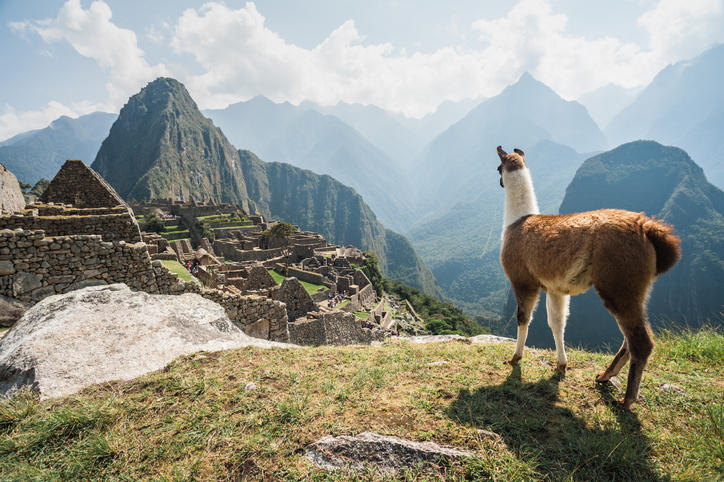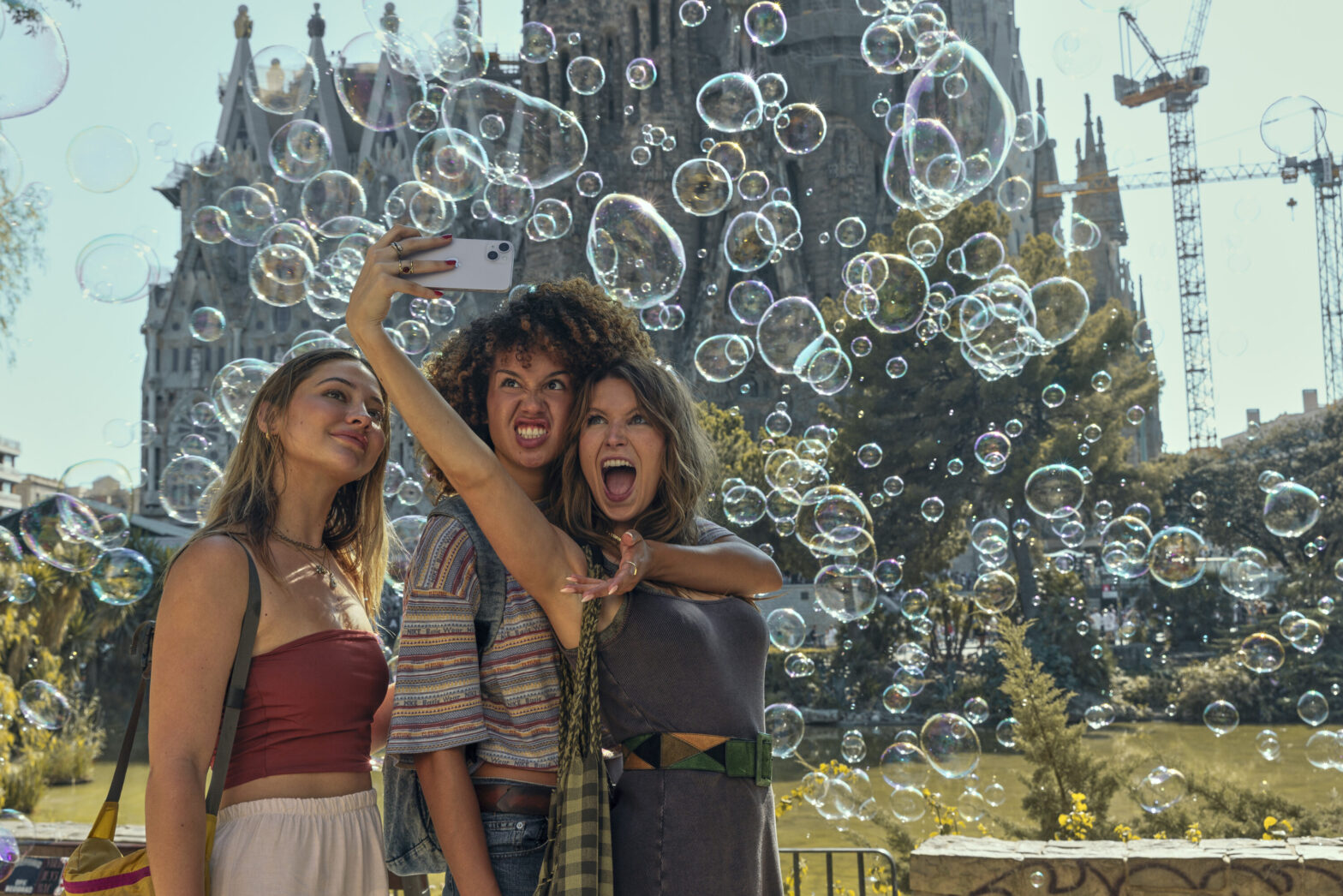Peru’s Ministry of Culture has said that Machu Picchu is open to the public again. The historic site, which is also the most popular place for tourists to visit in Peru, had been closed for almost a month because there was still trouble in the country, as Travel Noire reported earlier this year. On February 15, the entrance to the historic Incan citadel was reopened.
“The decision [to reopen] responds to the need to bet on dialogue and peace,” officials said in the statement. The officials added that they’re working toward “the resumption of cultural activity and the economic revival in Cusco.”
According to the Associated Press, the government, social groups and the local tourism industry made agreements to make sure that the historic site and the transportation services that tourists use to get there are safe now that Machu Picchu is open again.
Although Machu Picchu has reopened, there are still a lot of rules that must be taken into account when planning a trip there. Tourists must obtain a prior authorization permit to travel to the Cusco region, as well as to Machu Picchu itself.
Machu Picchu, which is a UNESCO World Heritage Site, is one of Peru’s most famous places, and as it has become more popular, more security measures have been put in place. Due to the pandemic, the historical site was closed for two years. In 2021, the Peruvian government opened it up again, with many restrictions.
Here is everything you need to know before visiting the historic site.

Why Machu Picchu Was Closed
In January, protesters against the government broke local train tracks, so the government had to move about 400 tourists out of the citadel. This was the second occurrence of its kind. The first took place in December when helicopters airlifted tourists away from the scene after protesters blocked access to trains, highways and airports.
After Pedro Carrillo was removed from office in December, the political unrest began. He wanted to make significant changes to the constitution, which was the cause of his political dispute with Congress. Castillo was arrested and replaced by former Vice President Dina Boluarte.
Thousands of Carrillo’s supporters flocked to the streets of Lima, Peru’s capital city, in an effort to restore his presidency. Carrillo’s dismissal and his supporters’ protests have caused chaos in the capital city, disrupting transportation and leaving many tourists stranded. Many tourist attractions were closed, including Machu Pichu and the historic sites of Cusco, leading to a sharp decline in the tourist industry.
The current political situation in Peru shows some signs of stability. However, despite the fact that the protests have ceased, tensions are still high in Lima and the surrounding areas.
Travel Advisory
Tourists now are only allowed to visit the site with a guide, and they must follow strict safety protocols.
Last year, only 4,000 people went to Machu Picchu. Before the pandemic, 1.5 million people went there. While this drastic drop in the number of visitors may have had a negative effect on tourism revenue, it also has allowed for much-needed conservation efforts to take place.
Under the new rules, tourists can only buy tickets for a visit the day before they want to explore. Tickets for the same day are not available for purchase. The ticket office is open from 2 p.m. to 10 p.m., Monday through Sunday. A total of 1,000 tickets may be purchased each day on a first-come, first-served basis.
The US Secretary of State announced on February 23 that the U.S. Embassy will no longer require approval for most in-country travel by U.S. personnel. This is because security has gotten better and most protests are happening in one area. The U.S. Embassy, on the other hand, will make it very hard to travel to Puno and Apurimac. Additionally, prior authorization will still be needed for travel to the Cusco region.




